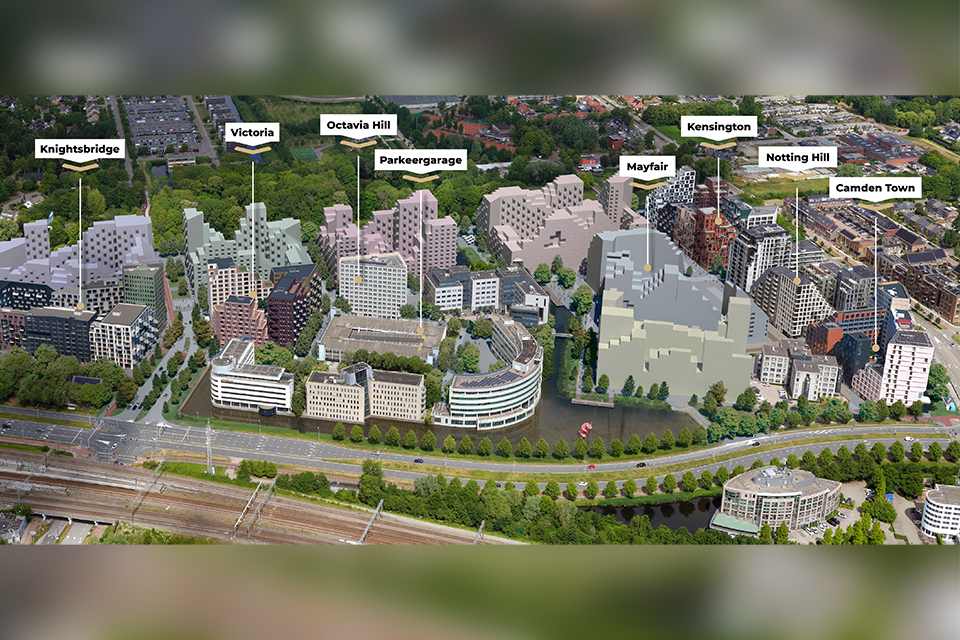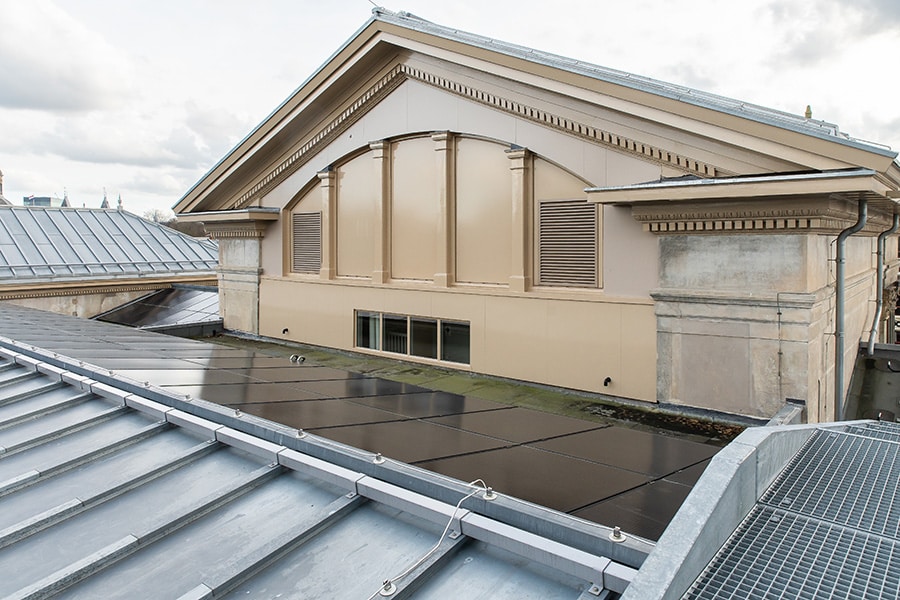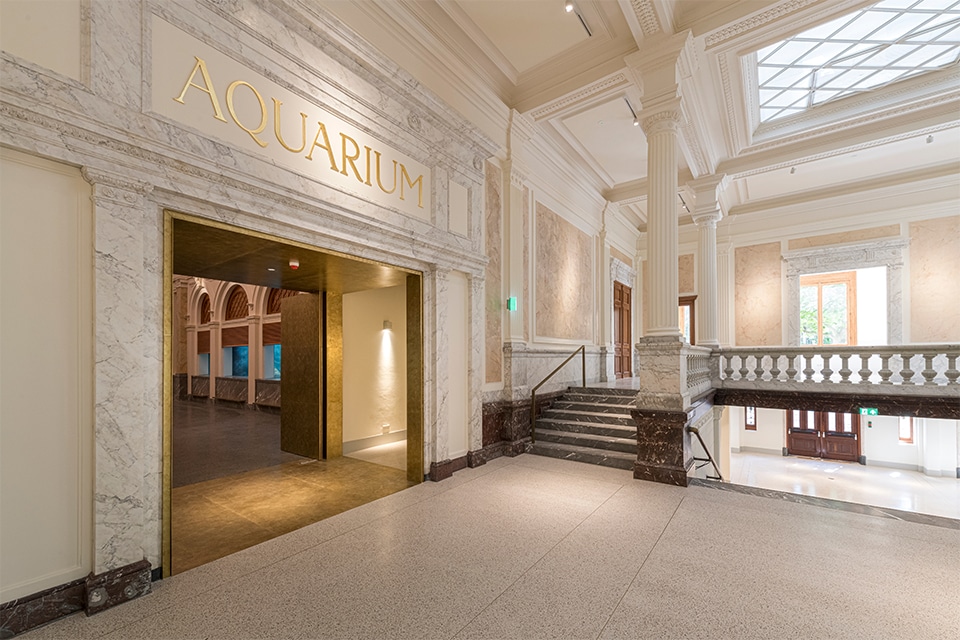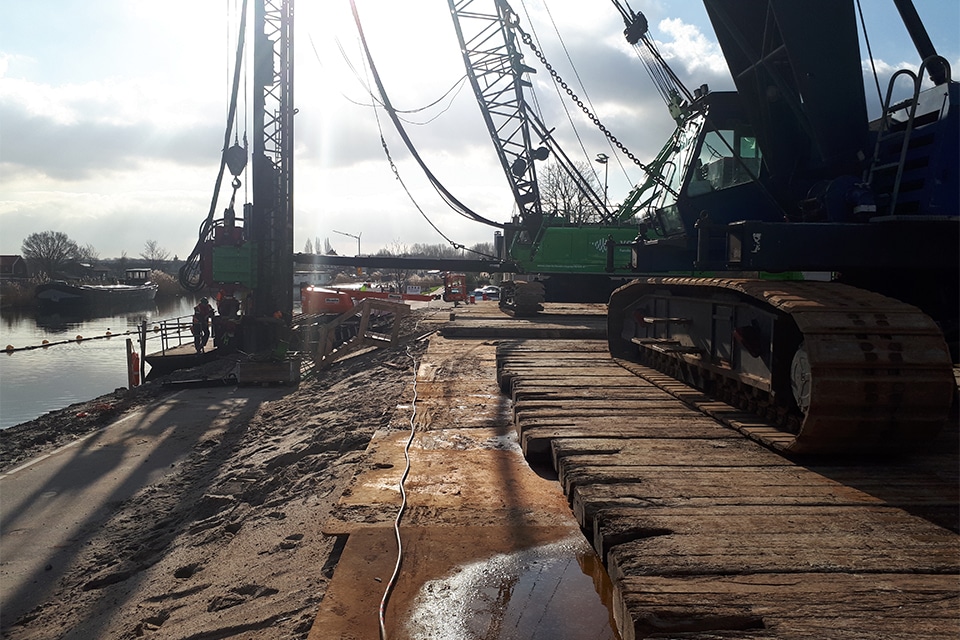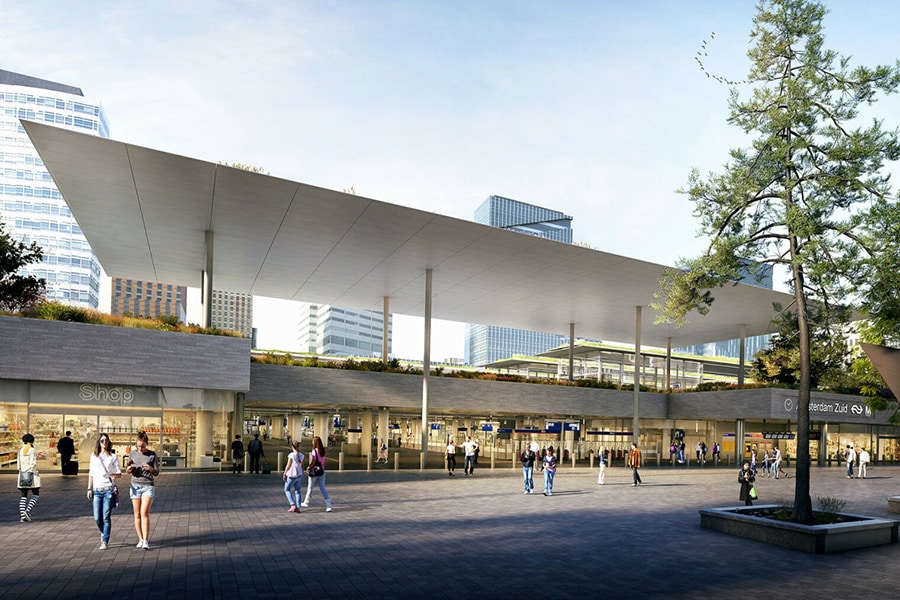
A project of unprecedented complexity
Amsterdam Zuid Station is rapidly growing into the second transportation hub of the Netherlands. More than 100,000 travelers use this station every day and this number is expected to at least double in the coming years. The current station hall and existing facilities can no longer handle these enormous flows of travelers. The result: overcrowded platforms, congestion at stairs and escalators and a crowded station hall where travelers constantly cross each other. To solve this problem, the Zuidasdok program is working on a large-scale renovation and expansion of the station.
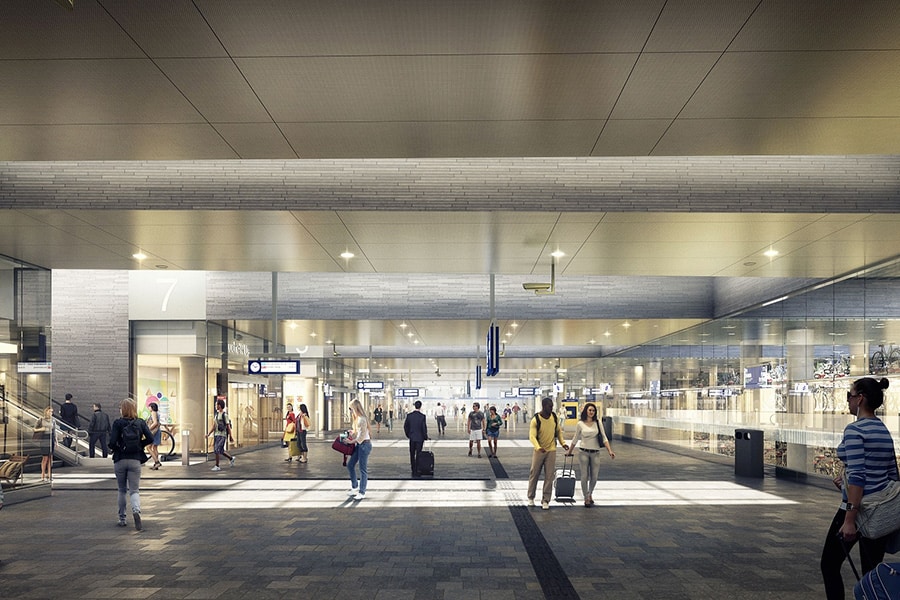
Zuidasdok program
The Zuidasdok program was started more than a decade ago and consists of several subprojects. Central to it are the renovation of Amsterdam Zuid station, the construction of two freeway tunnels in the A10 Zuid and the modification of the Nieuwe Meer and Amstel interchanges. Once tendered as one large project, in practice this proved too large and too complex. After a difficult start and the departure of the first group of contractors, it was decided to divide the work into separate parts. For the OVT section, in 2021 the New South consortium was engaged, which has been responsible for its execution ever since.
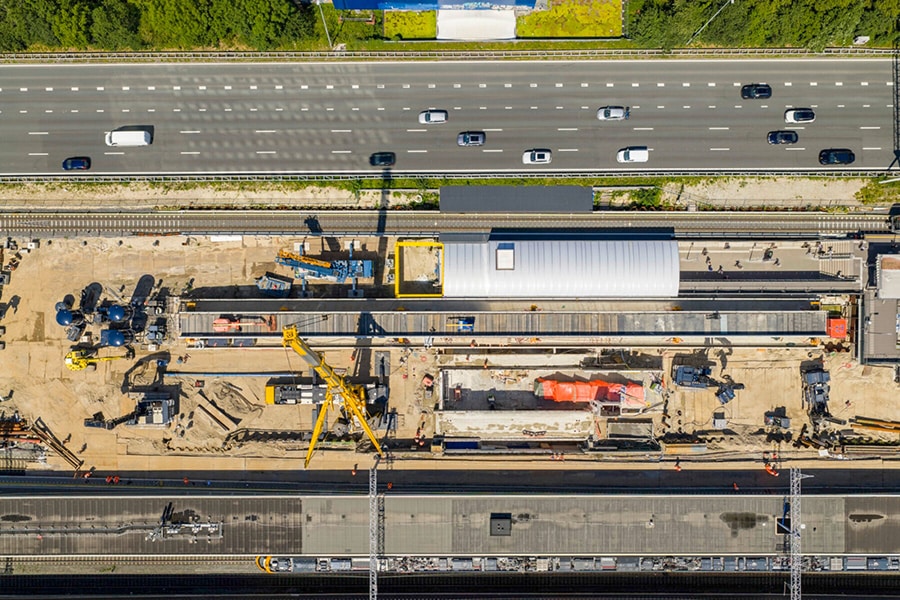
First interventions
Amsterdam Zuid Station has long been struggling with capacity problems. Platforms and stairs are too narrow, the station hall is overcrowded and transferring between train, metro, streetcar and bus is difficult. “To bring relief already in the short term, smaller measures have been implemented in recent years. For example, narrow escalators have been replaced by wide fixed stairs to improve circulation and some train platforms have already been widened,” says Jeroen Monnik, construction manager on the Amsterdam Zuid Station Renewal project on behalf of ProRail. The real solution, on the other hand, lies in the construction of an entirely new passenger tunnel: the Brittenpassage, and work is currently in progress.
Britten Passage
The Brittenpassage represents the first major expansion of Amsterdam Zuid station. “The passage will be built to the west of the existing Minerva passage and will run under all transport flows: the A10 Zuid national highway and the train and subway tracks,” Monnik explains. “Building the passage is a huge technical challenge. The roof sections were not built on site, but next to the tracks and then pushed into place. Between 2019 and 2024, a total of eight concrete roof sections were slid in this way. Each of these were radical operations that had to be meticulously prepared each time.
To do so, we had to completely close and dig out the Ring A10 on the south side several times, which required intensive coordination with ProRail, Rijkswaterstaat, the City of Amsterdam and other stakeholders.”
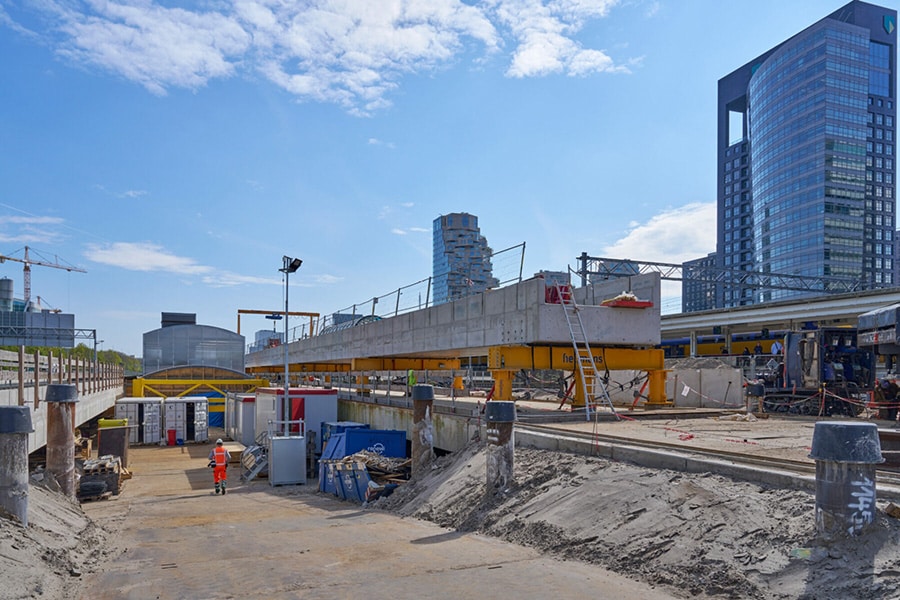
Passage is taking shape
“As of 2024, all the roof sections are in their final position and we have started excavating the profile of the passage underneath,” Monk continued. “The basement floors have been poured, stairs and elevator shafts have been installed and even the first natural stone finishes of the risers are visible. The layout of the space is also taking shape: there will soon be stores and an indoor bicycle parking area, which is directly accessible from street level. We are also working hard ‘above deck’. New high and light platform roofs have been placed on the platforms, giving an impression of the spaciousness that will soon be created. The contrast with the old canopy at the existing Minerva passage is already obvious.”
Minerva Passage
Once the Britten Passage moves into service in 2027, the existing Minerva Passage can be remodeled. This operation is at least as complex, according to Monk. “Unlike the Britten Passage, there is no room to pre-build and slide in the roof sections. The existing decks have to be demolished and built back bigger, while only half of the train tracks go out of service simultaneously and for a long time.” Ultimately, the Minervapassage will have a free passageway, a so-called ‘inter-neighborhood connection’ that will also (even) better connect the north and south sides of the Zuidas for pedestrians. All in all, then, quite a complex project. Monk goes a step further, saying, “It is one of the most complex projects at the moment in the Netherlands. Not only because of the technical challenges, but especially because of the location and environment: in the middle of the Zuidas, surrounded by offices, hotels and homes, along with the A10 Ring Road, train, metro and streetcar traffic that must continue to flow as much as possible.”
If all goes according to plan, by 2031 Amsterdam Zuid station will have been upgraded into a future-proof public transport hub where hundreds of thousands of travelers will soon find their way faster, more comfortable and safer.
